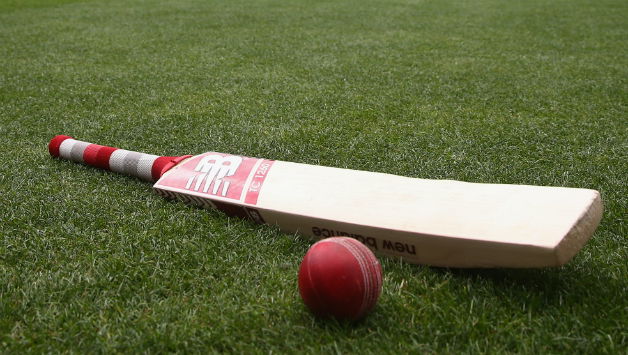How The Color Revolution Took Over Cricket Apparel
Published - 28 Sep 2021, 06:12 PM | Updated - 23 Aug 2024, 12:57 AM

Cricket has come a long way, and much so in the world of sports betting. Did you know you can bet online in India? But much of this change has been seen in the game itself. And today, we’ll look at the color revolution in Cricket apparel.
The 1992 Cricket World Cup was a turning point for apparel in cricket, a high watermark in sportswear history. Australia, co-hosting with New Zealand, flamed out early in the tournament; however, it’s more significant contribution was more than wins and losses.
A world cup of many firsts, the fifth iteration of cricket’s premier event blazed the trail. The first world cup was held in the southern hemisphere, the first world cup to showcase day-night matches, white balls, and colored uniforms.
Whereas conspicuous floodlights and showy woolen clothes were presented 15 years prior, under Kerry Packer’s World Series Cricket revolution in Australia, the single-day match had up until recently stuck firmly to its top-of-the-line forefather and kept on to a great extent kitted in customary whites.
Competitions, for example, the Asia Cup, the first Champions Trophy, and the Austral-Asian Cup, were regularly organized in cricket’s new action attraction in Sharjah all through the 1980s. It held an apparent facade of traditional uprightness by demanding players be kitted in test match customary whites.
Yet, it was the efforts of what was at the time the Australian Cricket Board to pitch the introduction of day-night gameplay in the 1992 World Cup fixtures that made multi-hued clothing a staple of the 50-over matchday template.
Whereas at the time, Australia did not have any noticeable sports licensing ventures, cricket administrators were yet to understand where the future was headed. The reality was that the purpose of sports apparel was not merely to discern opposing players on the pitch
The notoriety of unique uniforms as a symbol of shared heritage for fans pointed to a potentially lucrative income generator. A stream of revenue that depended on consistent changes to the kits to keep the fanbase interested in purchasing a new version every season
The World Series Cricket premiering in the middle of 1977-78 was joined by a boom in cricket apparel merch, from ‘C’mon Aussie C’mon’ T-shirts to various memorabilia on peach cans. However, this did not include facsimile kits worn by players.
It is anyone’s guess the extent of consumer uptake they could have accomplished, especially when style variants were limited. These included pastel lemon, coral pink (a nod to the colorful marine diversity of the Caribbean Sea), and duck egg blue.
ODIs marked the initial summer on the heels of the Packer split played in white apparel with flares limited to belts, collars, and side stripes. This was brought about on the stern request of the visiting England side that specified their abhorrence for colorful attire.
They termed colorful attire as insufferable contrivances of television programming. The general sentiment toward colored apparel had mellowed into the following summer’s tri-series (1980-81). India and New Zealand entered the fold with the famous beige with the soft blue colorway.
The Aussies came out with the classic gold and green swaths that would stay the premise of their kit for the decade to come. Colored apparel showed up for the first time beyond Australia when New Zealand made a couple of changes to their outfit to stage the 1982 Rothmans Cup series.
When England came back to Australia in 1982-83, they consented to don a light blue colorway more downplayed than the stuff of their rivals.
For the following seven years after the 1983 World Cup, day-night ODIs – the advancement that required hued colorways to differentiate the contrast of the white ball – were restricted to Australia, where only two grounds had the necessary floodlighting, too suitable for broadcast view.
Conclusion
The leading worldwide cricket showcase to include shaded garments brought forth an array of shirts with every player’s name on the back and their team’s name written across the front. The shirts also came with an added design schematic of shoulder stripes to mirror the competition logo, a white ball tailed by the tri-color comet.
This kit design sparked an arms race by apparel manufacturers that defined cricket into the turn of the century and beyond.











